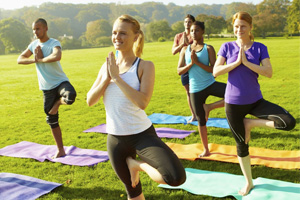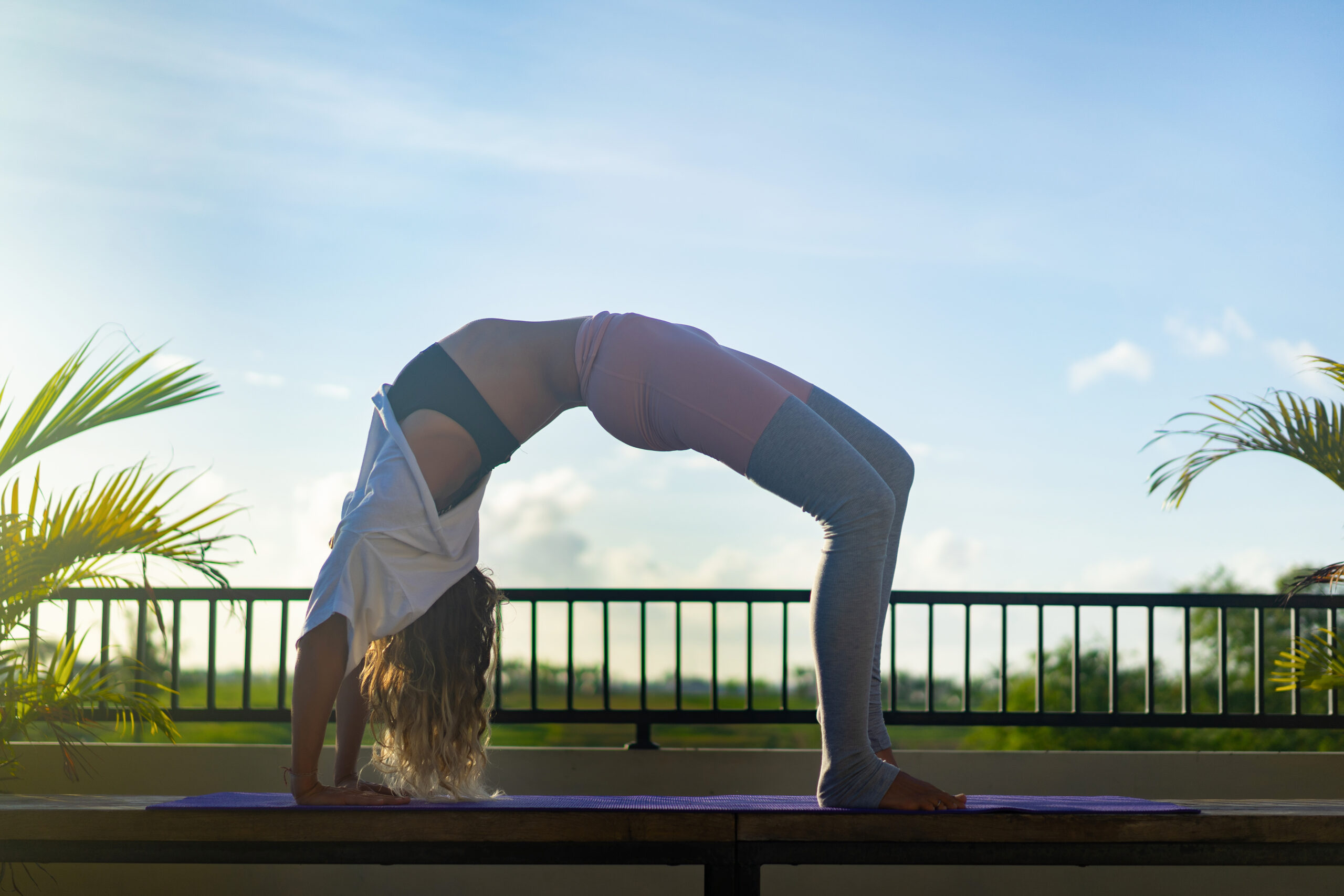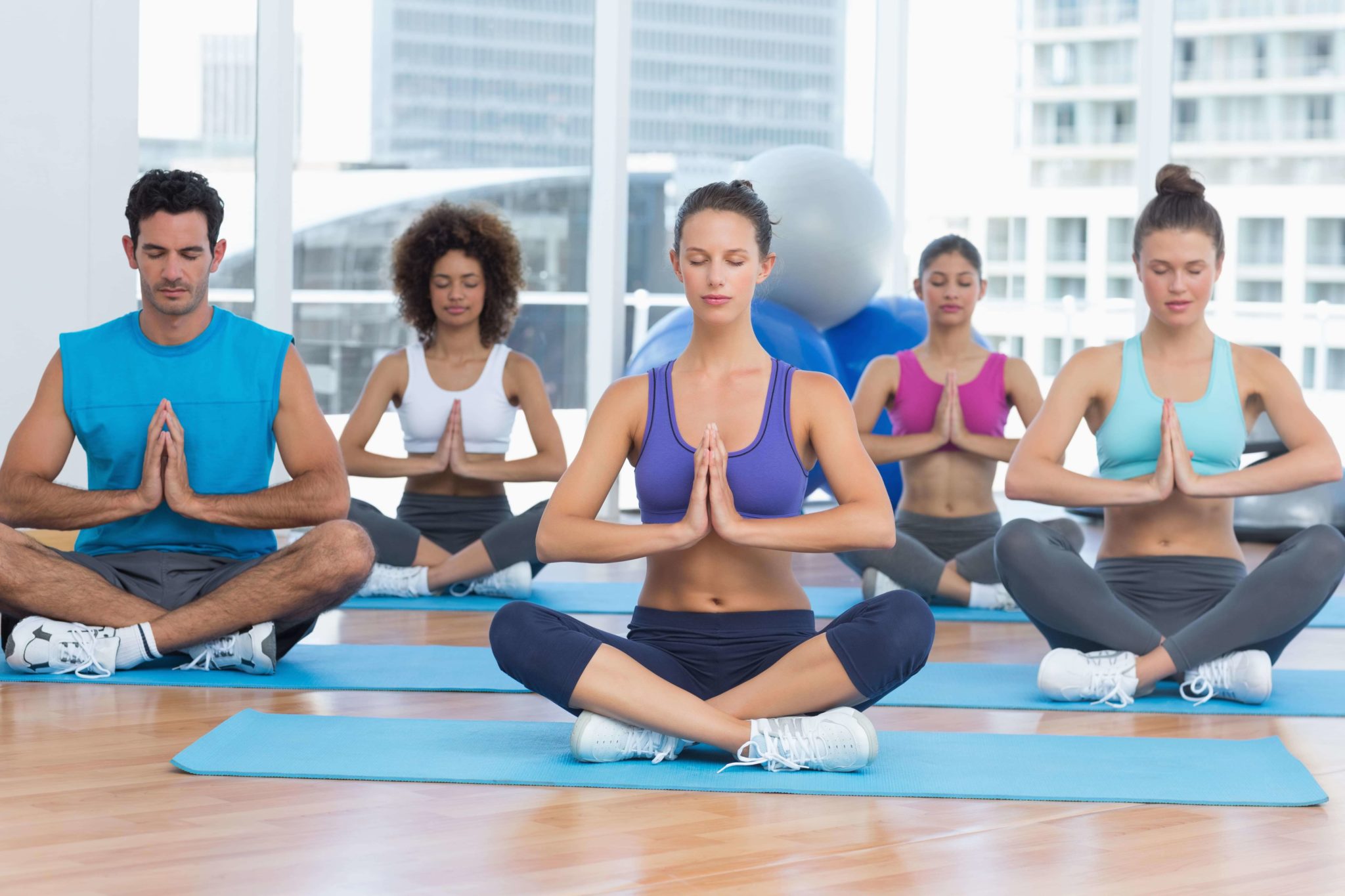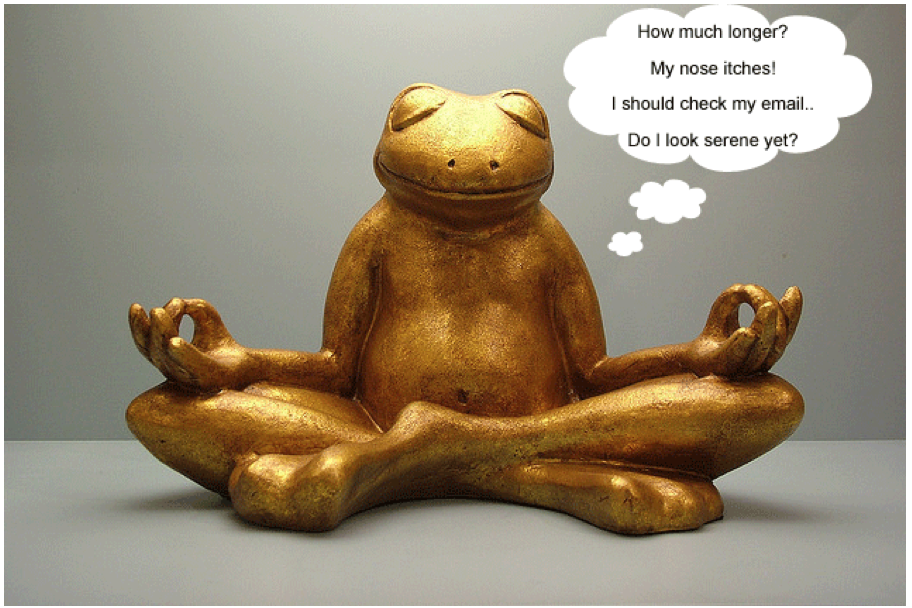8 Tips for Teaching Yoga
As a yoga teacher, it’s important to guide your students in a way that allows them to get the most out of their yoga practice in a safe and effective way.
No matter what style of yoga you teach, you can follow certain guidelines to create an effective and inspiring class for you and your students. By incorporating some of the following teaching strategies, you will improve the overall experience for your students and yourself.

-
- Develop your own personal practice:
Only through your own personal practice can you find your unique voice as a teacher and gain a better understanding of how specific experiences will affect your students. Set aside time to maintain your own personal practice, along with attending classes from other instructors.
-
- Focus on your students and be with them:
By focusing on your students and their needs, rather than on how you are doing as a teacher, makes you less self-conscience and more confident and helpful. Walk the room, rather than staying in the front of the class. Be with your students so you can be more aware of what they need. Notice when someone needs help and offer an appropriate adjustment.
-
- Know your material:
The only way to truly feel confident teaching yoga is to know your material. This means understanding the effects of the yoga poses and breathing exercises you teach and understanding how they can benefit your students, as well as understanding the philosophy and history behind yoga.
-
- Be in the moment:
When you’re teaching or during your own personal practice, it is important to give your full attention to what you are doing. In your own practice, focus on each movement and on your breath. In your teaching, focus on the words you are saying as you say them and focus on the movements of each students and how you may be of help.
-
- Help students develop their inner awareness:
Remind students to focus on the feel of a movement, rather than how it looks or how they compare to other students. Encourage students to focus inward on the feeling of a pose and on their breath. This helps students stay present in the moment and connect movement and breath. Reinforce the idea that the goal of yoga is not to get into certain positions, it’s to become more aware of the present moment and more comfortable with our bodies and our movements, as well as to keep our bodies and minds healthy through movement and focus. We all have different anatomy. What’s hard for me may be easy for someone else, that doesn’t make them a better yogi. Being a great yogi means understanding and accepting your mind and body, and taking time to care for both properly.
-
- Help students become their own teachers:
Each student has two teachers: the outside teacher who guides them and their own inner guidance. Help your students develop their inner guidance, by helping them learn to connect with their bodies and make decisions about what works best for themselves. This way they can develop their own personal practice, and they can become more confident in their practice.
-
- Take it step by step:
Talk students through a pose step by step, emphasizing that they can stop at any step along the way. Encourage students to only go to their edge – challenging themselves, but not overdoing it. Encourage students to go to their “edge” that point where they feel challenged, yet their breath can remain smooth and steady.
-
- Connect breath and movement:
Breath plays an important role in yoga by keeping the mind focused on the body and by making movements more efficient by connecting breath with movement. Explain to students when to inhale and exhale. In yoga, it is usually best to inhale in expansion types of movements (i.e. bringing arms back or overhead, back bends, etc) and exhale in “closing” types of movements (i.e. folding forward, rounding the back) Encourage students to breathe in through their nose, if possible. This helps keep their bodies warm, helps filter the air they inhale, and helps keep breathing more smooth and the breath rate slower. Often when students try a new pose, they tend to hold their breath, so remind students to breathe throughout the practice.
-
- Use positive reinforcement:
When you see someone doing something correctly, mention it to them and let them know you’ve noticed their progress.
- Donec porta ultricies urna, faucibus magna dapibus.
- Etiam varius tortor ut ligula facilisis varius in a leo
- Folutpat tempor tur duis mattis dapibus, felis amet.
Sign up for email updates
Enjoy many exclusive benefits. Be the first to learn about all our upcoming programs.
Conquering anxieties about becoming a yoga teacher
Anxieties about becoming a yoga teacher?
Get over it with these easy steps!
It is pretty normal when you are on the verge of something new to feel anxious and juggle questions in your mind. Contemplating yoga teacher training is a big step and there might be a few of the following anxieties lurking on the back of your head.
- Am I ready to spend the money?
- How am I going to devote the time?
- Ready enough to take on the challenge?
- Will I resonate with my teacher?
- What about after the training? How can I have a successful yoga career or business?
- Am I ready to spend the money?
- How am I going to devote the time?
- Am I ready enough to take on the challenge?
- Will I resonate with my teacher?
- What about after the training?
Yoga teacher training requires a financial commitment. It’s important that you find a training that respects the financial investment you are making and that will do their best to honor that and to make sure you have a worthwhile investment. If your goal is to have a part-time or full time career that is related to yoga, then look for trainings that not only train you to be an incredible teacher, but also work with you on business planning and career strategies for new yoga teachers.
Yoga teacher training requires a commitment of time. It can be helpful to find trainings that have smaller groups, or that integrate some online studies, in order to make your training more efficient and with a focus on getting you to the end. When teacher trainings get too big, individual students can sometimes fall through the cracks and finishing their requirements drags on. Find a training that is organized, smaller, and may incorporate the use of technology to ensure that you complete your training in a timely manner.
Some students worry that they need to have a perfect looking yoga practice before they can join teacher training. This is far from the truth. As a teacher, it is most important that you are able to communicate effectively with students, and that you understand how to provide a safe and effective yoga practice for all different types of bodies. Whether you can “do” a specific yoga posture or not is irrelevant. It’s most important that you learn how to explain step by step to your students the techniques for practicing postures in ways that are both safe and challenging, while creating an environment that provides a positive experience for everyone.
Take some time to get to know your trainer’s style and personality. You can do this by attending their class, or by talking to them on the phone. Get to know the actual person who will train you, rather than the image or name recognition. When you feel a connection with your trainer, it will be easier to communicate with them about your hopes for your training.
Look for trainings that focus on both the best practices in yoga teaching, as well as best practices for a successful yoga business or career. Also, check that your trainer will still be available to answer questions after the training is over, and that you will have resources that you can keep and refer back to whenever necessary.
In the end, being a yoga teacher or running a yoga business is a wonderful gift to the world and to yourself. Best wishes on your yoga journey!
Yoga is not about being better than anyone else. It’s about becoming the best version of yourself.




